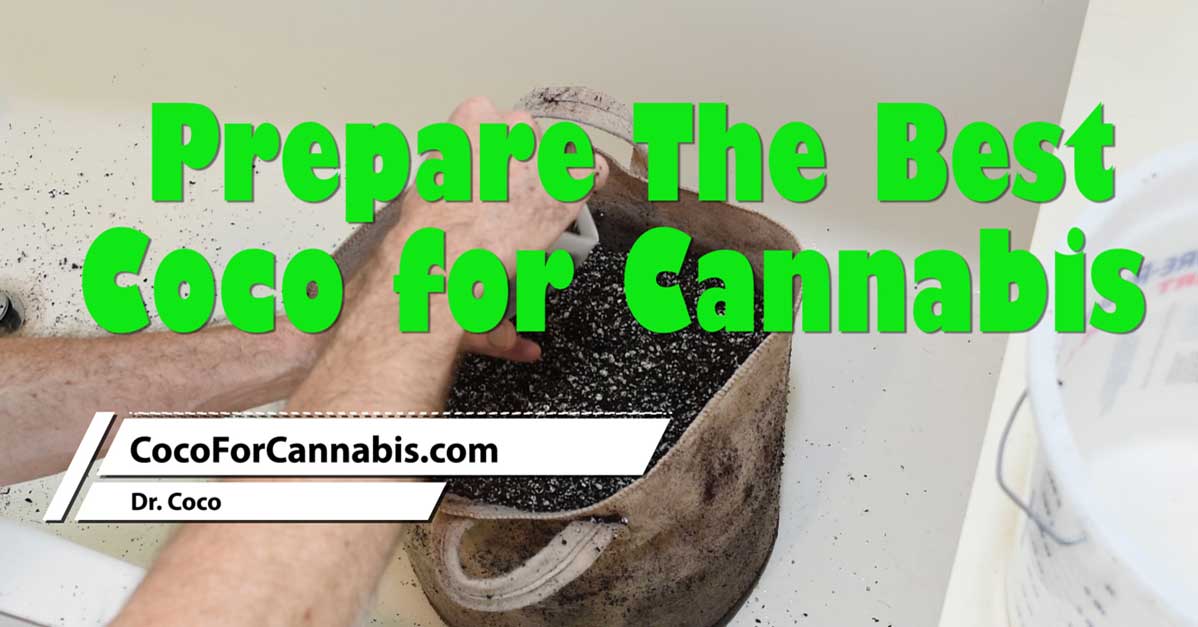I'm using coco for the first time this year.
I've hydrated a 5 kg brick, subsequently realized it needs to be buffered and or washed. The 5 kg brick hydrated to just about 18 gallons of media. Using litmus paper I tested the coco in distilled water that looked between 5 and 6 ph. I have garden lime to add the calcium buffer and raise the ph . I've put in 1 tbsp per gallon of pelletized lawn lime or 1-1/8 cups for the 18 gallons. Trying to move things along between rains here in Ohio. I've added the rest of my mix which is aged pine bark and rice hulls. I'll test the mix but i'm assuming the pelletized lime will need some watering to break down and raise the ph.
My question is how much lime to add? If I raise the ph of my mix to above 6 is that what I should aim for? What is the standard method for calcium buffering Coco? I've read on another forum 2 tbsp per gallon, I started with 1 to see where that would take it.
I've hydrated a 5 kg brick, subsequently realized it needs to be buffered and or washed. The 5 kg brick hydrated to just about 18 gallons of media. Using litmus paper I tested the coco in distilled water that looked between 5 and 6 ph. I have garden lime to add the calcium buffer and raise the ph . I've put in 1 tbsp per gallon of pelletized lawn lime or 1-1/8 cups for the 18 gallons. Trying to move things along between rains here in Ohio. I've added the rest of my mix which is aged pine bark and rice hulls. I'll test the mix but i'm assuming the pelletized lime will need some watering to break down and raise the ph.
My question is how much lime to add? If I raise the ph of my mix to above 6 is that what I should aim for? What is the standard method for calcium buffering Coco? I've read on another forum 2 tbsp per gallon, I started with 1 to see where that would take it.





